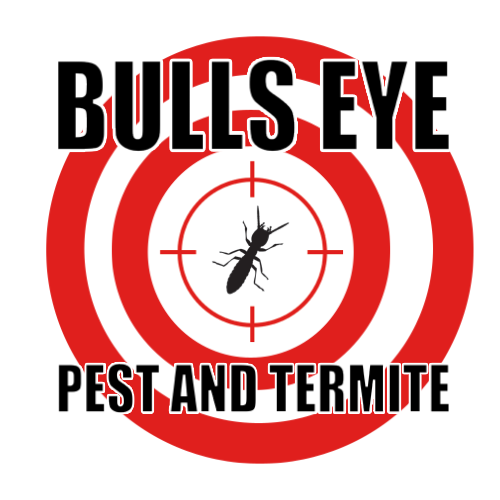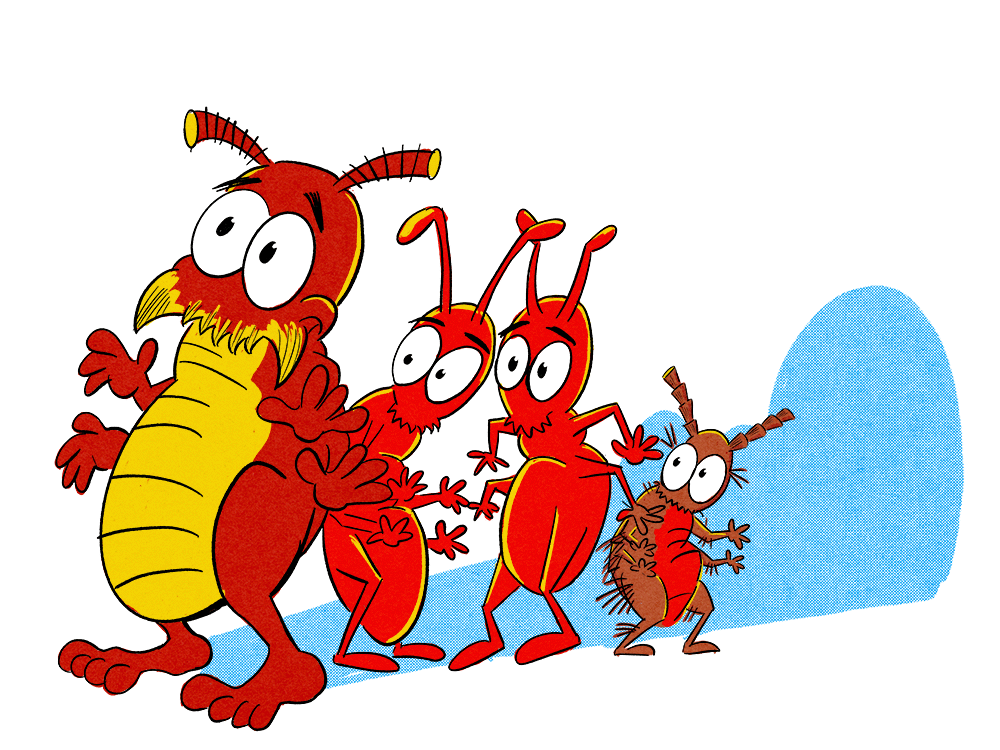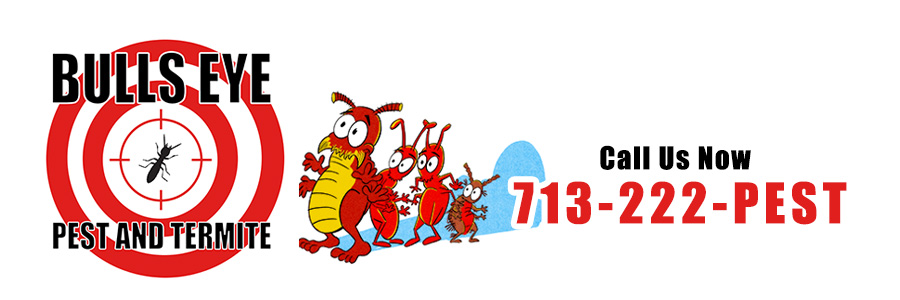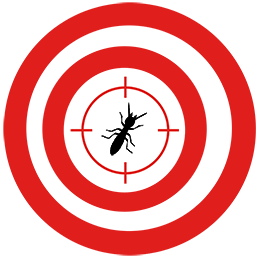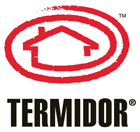Houston Pests: Wood Destroying Pests
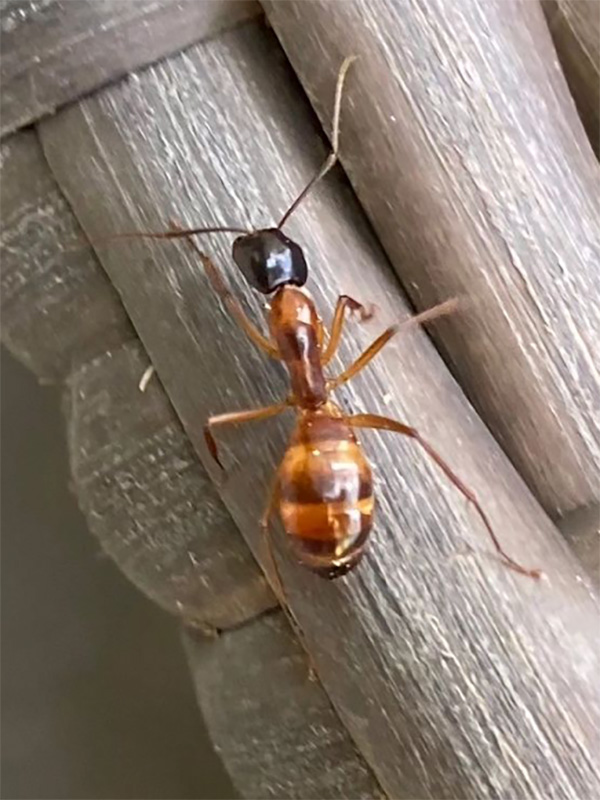
Termites are not the only pests in Houston that destroy wood. There are several other species of wood-eating and wood-burrowing insects that live in the city and that can do damage to your property. If you see what looks like insect-related damage to the wood in or around your house, the nature of the holes and marks they leave in the wood can be the key to identifying and eliminating them.
Carpenter ants
Carpenter ants are large, black ants will hollow out trees and wooden structures and carry off pieces of wood to build their nests. They can be nearly as destructive as termites, particularly to older wooden and wood-framed homes. Carpenter ant damage can be easily distinguished from termite damage by the nature of the holes they leave behind. When termites attack wood, they leave behind looks rough and gnawed, while carpenter ants will leave smooth round holes that look like as if they were made by a drill or bore.
Carpenter Bees
Carpenter bees are medium-sized bees with adults approaching 1 inch in length. They can be distinguished by the striped black and yellowish orange hairs covering their upper bodies and smooth, shiny abdomens. Carpenter bees will chew smooth, round holes into wooden structures to nest and lay eggs. These nests are distinctive round holes approximately 1/2 inch in diameter than can extend an inch or so deep into the wood. Carpenter bees prefer to build their homes in untreated softwoods, and so they usually damage decks or sheds or outdoor structures.
Deathwatch Beetle
Deathwatch beetles are grayish-black beetles with splotchy covering on the top of their wings. Deathwatch beetles can grow up to 1/4 inch in length. The deathwatch beetle gets its name from the clicking sound the males make to attract mates that was once believed to be the sound of the beetle counting down an impending death. The larvae of these beetles will gnaw their way deep into wood and can be very destructive to furniture and building structures. Deathwatch beetle damage will appear as number of small holes clustered close together on a piece of wood. While the holes they create are small, their bores can go deep into the wood and over time they can cause significant damage to and weakening of the infested wood.
Old House Borers
The old house borer is a wood-destroying beetle that leaves damage very similar in appearance to termite damage. Adult beetles are grayish brown with long, curved antennae and dark spots on the side of their heads that resemble eyes. They are somewhat misnamed, since they most often damage homes that are under 10 years old, particularly those made of softwoods or pines. Old House Borers have a remarkably long life cycle, and larvae can remain dormant in wood for thirty years or more. These larvae are usually already present in the wood when the home is constructed, and once they become active they will gnaw through the wood as they mature. Adult beetles emerge from the wood by chewing an oval-shaped hole about 3/4 of an inch wide at its largest point, usually surrounded by a soft, sawdust-like residue. The presence of old wood borers can sometimes be detected before they emerge by the appearance of blistering on the surface of the infected wood.
Powderpost Beetles and False Powderpost Beetles
Powderpost beetles and false powder post beetles are two distantly related species that cause very similar damage. The larvae of both these types of beetles will feed on wood, eventually reducing any infected wood to a fine powder. If left untreated, they can be a highly destructive pest. Because the beetles only eat wood in their larval stage, they are most often identified by the damage they leave behind, multiple pin-sized holes in the wood and a residue of very fine powdery sawdust-like material on the infected wood.
If you're bothered by any kind of wood-destroying pest, wherever you live in Houston or any of the nearby communities, give us a call at 713-222-PEST (7378) and we'll be happy to come out and see you. Wherever you are in Houston, whatever's bugging you, we'll be there.Request a Quote
713-222-PEST (7378)
By submitting, you agree to receive occasional text messages or emails for appointment reminders and promotions from Bulls Eye Pest and Termite. To opt-out reply STOP at any time. Msg & Data rates may apply.
What Our Customers Are Saying
Courteous, friendly, professional and does his job well. Thank you Adrian
Hannah
Polite, professional. Did an excellent job as always.
Denise
Great job. Appreciate all the explanations.
AJ
Very knowledgeable
Jana
